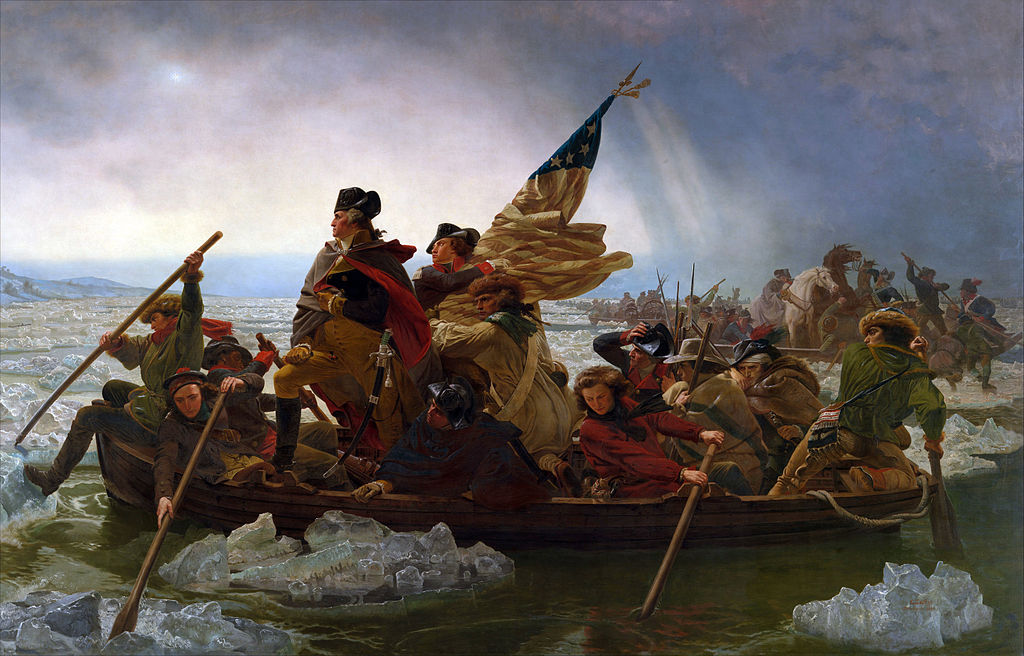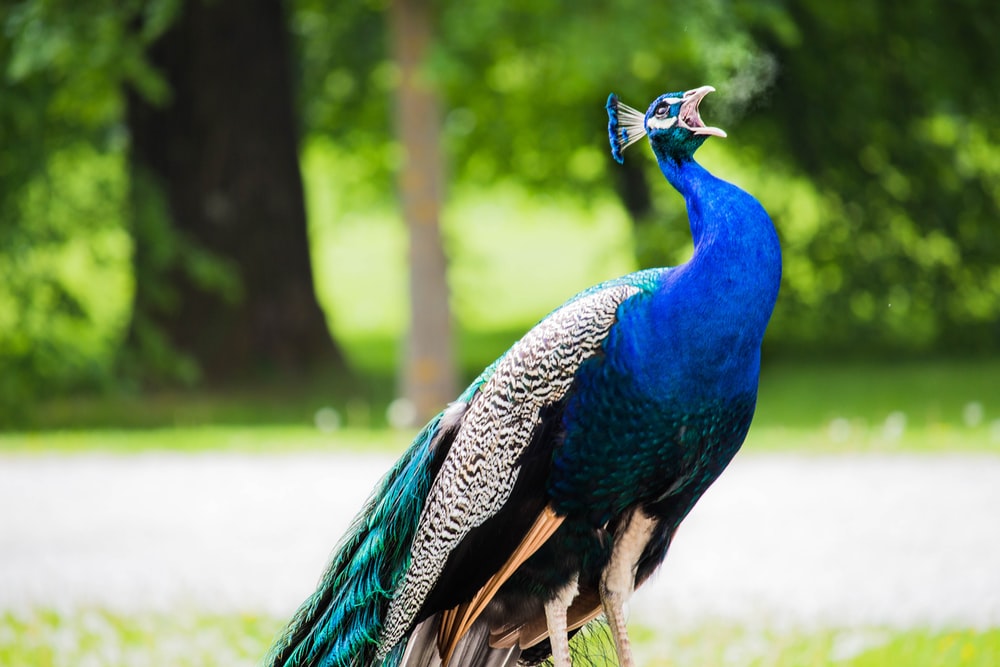
Painting an accent wall in your home can make a wonderful impact in any room. Whether the accent wall consists of a punch of color, or a mural – here are some tips that can help you to create a classic scene in a room in your home by painting an accent wall of falling leaves. The supplies that you will need to create this accent wall are latex paint to create the backdrop color for the wall, oil paints of varying fall and leaf colors, a paint roller brush, intricate paint brushes or leaf stencils and a drop cloth to protect the floor and furniture within the room from paint spatters.
The first step to painting an accent wall of falling leaves is to paint the background color. After the background color has been applied, and you have decided that the mural would be painted on, consider testing on pieces of art paper the leaves that are going to be painted. It can be helpful to purchase stencils from the local art store of leaves, in many shapes and sizes which can be customized with colors and brushes to adhere to the wall. ‘
Traditional leave colors vary from golden to orange to green with hues of purples and red. For this reason, leaves can be customized to many colors to match many different rooms. When purchasing the paint, consider oil to give the leaves a lifelike look. It is important to take the theme and color of the room into account when planning a falling leave motif on the wall.
As an alternative to painting the falling leave accent wall, there are many paper murals that can be adhered to the walls. Many of these murals come to be installed in one piece so that there are no visible seams and can be custom created, and printed to the exact size of the wall in which it is going to be adhered to. These are available to order on the internet, or at the local mural and home store. The online store www.murals4everyone.com offers many choices of falling leave murals, in their selection.
These murals are applied easily with a peel and stick application, and many are accompanied with a brush that can ensure that the murals are put on to stick, and stay. This brush ensures that no air bubbles are present behind the murals, and that the mural is going to be flush with the wall.
Another option to create falling leave murals are to consider peel and stick leaves. These decals offer the most lifelike look, with leaves looking as if they have fallen directly from a tree. Quality peel and stick decals are available at such websites as www.creativewallcovering.com and can be adhered to a clean wall that has been painted, and is ready to become the focal point of the room. These decals can be used with paint to create a mural with many different textures. Alternatively, you could create a mural of a tree with paint and use these decals as different texture, and technique within the mural.
Thank you for reading this article! If you have any further questions about this topic please contact us.









